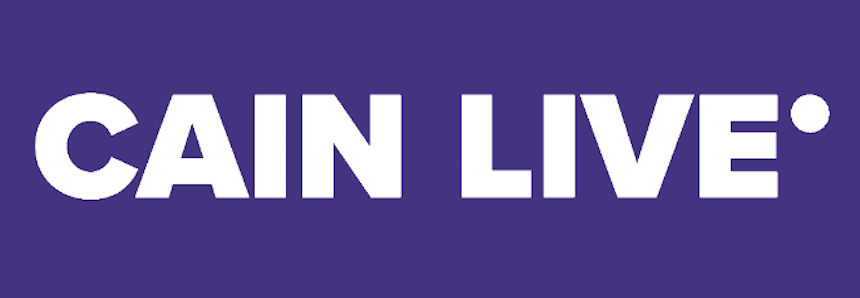The SAT is the bane of high school students, fear of failure constantly dangling over their heads, as a single test can make or break their college applications. But, what if students could take the test and score in the highest percentiles, without working through a majority of the problems on the test? While it may sound like a dreamy fiction, for the wealthiest students, this is their reality.
How is This Possible?
While it may seem fictional, absurd, even unfair-it’s the truth of the situation. The best SAT prep courses teach the most effective tricks, to the wealthiest students, effectively breaking the test. These SAT test courses are incredibly expensive, with parents spending thousands on test prep. While students are still required to utilize skills, those with this training can complete most of the test without actually solving a math problem or reading a passage in its entirety. Instead, they are taught how to eliminate most answer choices within seconds, leaving only a tiny bit of math or reading. These programs are costly but are undeniably effective in raising the scores of students. They are provided with past tests, tricks, detailed explanations, workbooks, and hours of practice that are not provided to their less fortunate peers.
“Not being provided with that level of SAT prep puts us at a major disadvantage,” Alyssa Sander-Garza, a senior at Klein Cain said. “We don’t get any of those tricks and skills that are provided to the people who can dish out the money for the courses.”

Programs such as these contribute as to why there is a huge gap between the SAT scores of the poor and the wealthy. In a 2015 analysis by Higher Ed, it was found that the lowest scores were from families earning $20,000 and below, with the highest scores coming from families earning $200,000 and up. However, it’s not that the students from a lower income were less intelligent, or did worse in school, but rather they were not provided with the same preparation as those from higher incomes. Even more striking, students from high-income families are more likely to receive extra time when taking tests. While there are instances of some exploiting this system this difference is primarily due to many low-income families remaining unaware of the support available to their children.
Elaine M. Howle, a Californian auditor stated the following in a study, “A disproportionately large percentage of white students received extra time on the SAT. Furthermore, a disproportionate share of students receiving extra time on the exam may come from more affluent families…Finally…private school graduating seniors who took the SAT with accommodations was four times higher than the rate of their public school counterparts.”
Inequality in Education
While these courses are idyllic for those who are able to afford them, it represents a greater issue with CollegeBoard and their SAT test. Most students cannot afford these expensive classes, in fact, many cannot afford any SAT prep at all. While College Board has tried to find solutions through ideas such as the adversity score, these have all fallen flat. This creates a massive inequality between those who take the classes and those who do not. The reason for this gap is clear, the wealthiest students receive an amount of preparation that is incomparable to their peers. This gap is what leaves lower-income students intimidated by college applications, making them less likely to apply to competitive colleges.

“When it came to applying to colleges, I felt very limited by my scores,” Sander-Garza said. “These scores don’t reflect how well you’ve done in school, how hard you’ve worked, but they matter so much. It really limited what schools I felt confident applying to because I didn’t know if they would accept my scores.”
While students can be provided with free tutoring through their school or online, it simply isn’t enough. The unique tricks, skills, and strategies provided in these classes are significantly better than what can be provided through a school or cheaper program. Furthermore, students from higher incomes can afford to take the test more than once, allowing them to raise their scores further. For a test that can have a major influence on college applications, there is a clear issue regarding this gap between the poor and the wealthy.
Breaking the Cycle
With the SAT coming under more and more scrutiny with each passing year, it’s no surprise that some colleges have begun to doubt its importance. While the majority of colleges still rely heavily upon test scores, some major schools such as the University of Chicago are making the tests optional. Upon making SAT test scores optional, the University of Chicago saw a spike of 20% in applications from low-income and first-generation students. In removing these economical walls, high-achieving students from low-income backgrounds were given the chance to compete on a level playing field. In looking primarily at grades, organizations, work involvement, class rank, and other information, colleges have been able to make an assessment of the student-not just their test scores.








